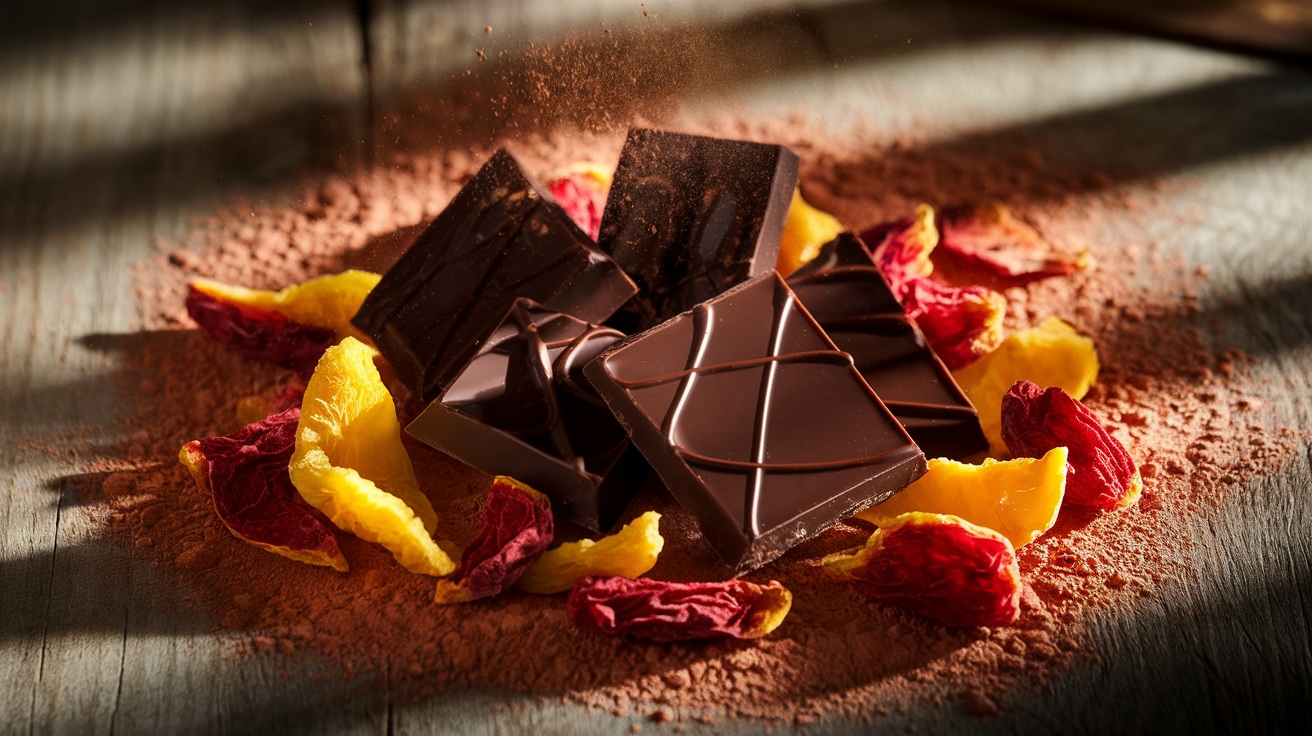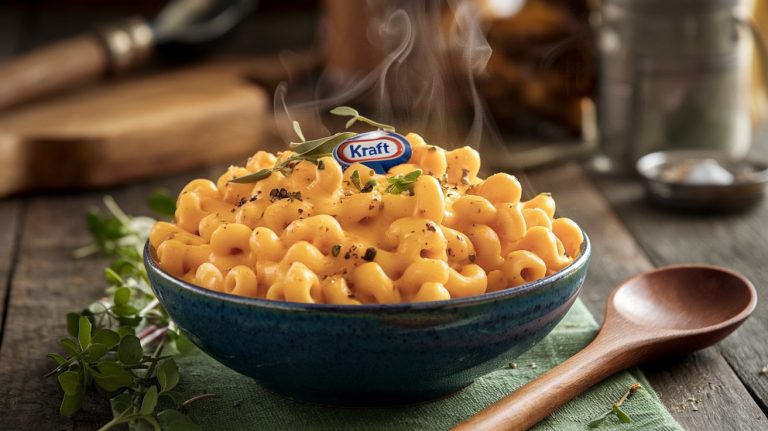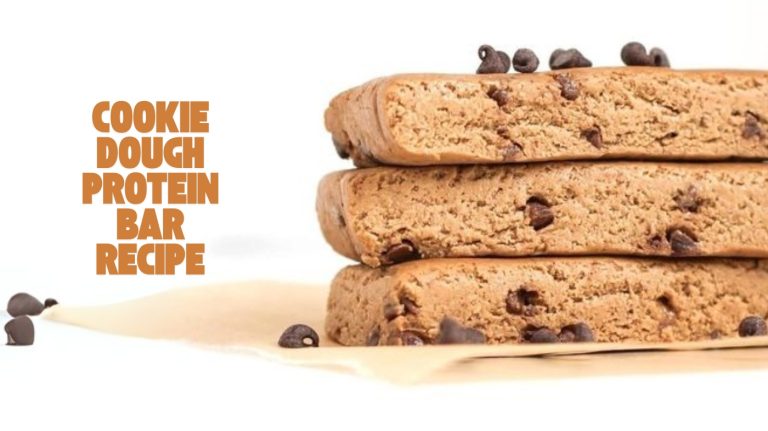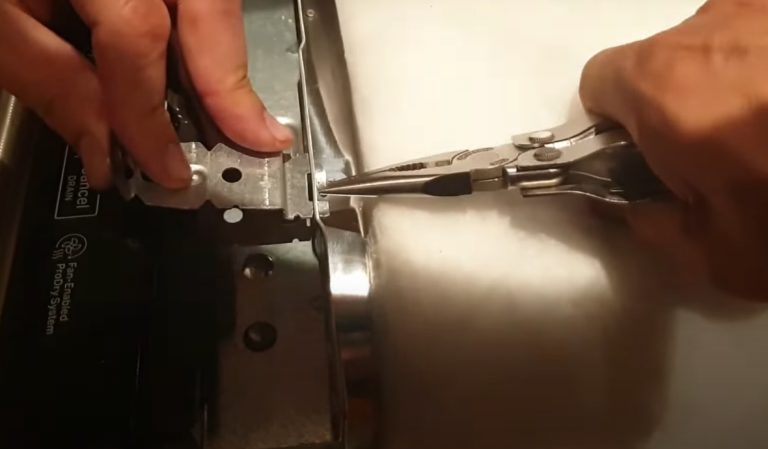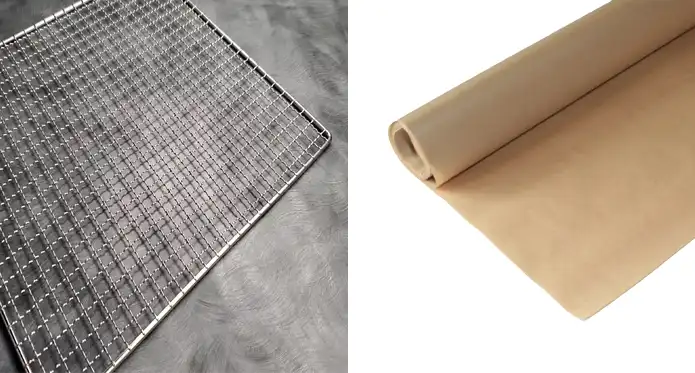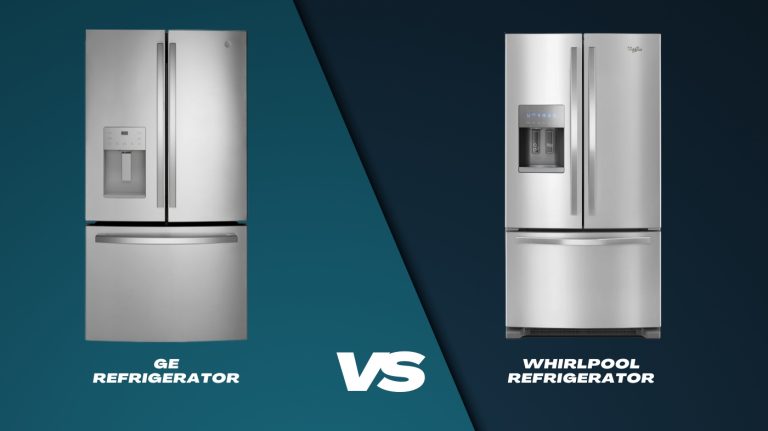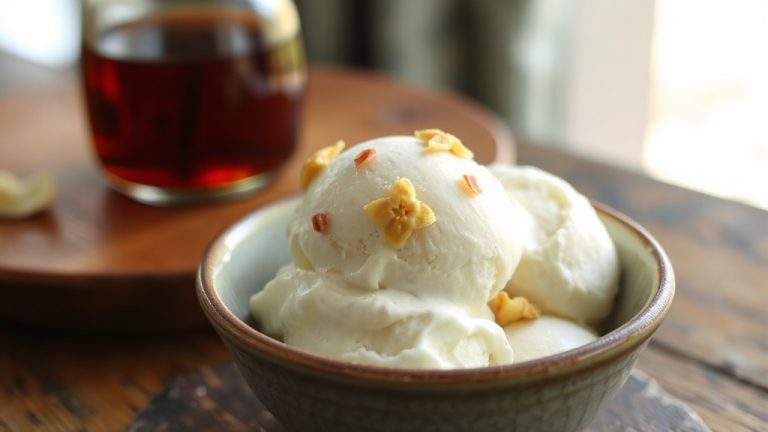Can You Dehydrate Chocolate? Things You Need to Know
Yes, you can dehydrate chocolate, but it requires careful temperature control to maintain its texture and flavor. Ideal dehydration occurs between 130°F to 135°F, with regular monitoring to prevent burning.
You’ll need specific equipment like thermoregulated machines and drying trays. Proper techniques guarantee consistency and prevent microbial growth.
Creative applications abound, including pairing dehydrated chocolate with fruits or unique flavor infusions.
Explore more about the essential methods and safety measures for successful chocolate dehydration.
Key Takeaways
- Yes, chocolate can be dehydrated, but it requires specific techniques and equipment to maintain its texture and flavor.
- Ideal dehydration temperatures for chocolate range from 130°F to 135°F to ensure even drying without burning.
- Use sanitized utensils and monitor moisture levels to prevent bacterial growth during the dehydration process.
- Experimentation is necessary as not all chocolates dehydrate equally; some may yield better results than others.
- Dehydrated chocolate can be creatively paired with ingredients like fruits and flowers for unique culinary presentations.
Understanding the Dehydration Process for Chocolate
When you consider the dehydration process for chocolate, it’s important to understand that the focus lies primarily on cacao beans, not the final chocolate product.
Dehydration is critical for preserving cacao beans by removing moisture, which can spoil them. Typically, you’d sun-dry or dehydrate the beans at 104 degrees Fahrenheit for 2 to 3 days.
During this process, monitoring the temperature and turning the beans regularly are essential steps to guarantee even drying. This precise control prevents mold growth and maintains the quality of the beans.
Dehydrating strawberries can also be an enjoyable activity that highlights the importance of moisture removal in food preservation.
Essential Equipment for Dehydrating Chocolate
The process of dehydrating chocolate requires specific equipment to guarantee quality and efficiency.
You’ll need a dry heat warmer to melt chocolate without water, while thermoregulated machines guarantee precise temperature control.
Professional tempering machines, such as those from Selmi, can also be adapted for dehydration, providing versatility for large-scale production. Food dehydrators, like those from Cosori or Tribest, work well when you adjust temperatures properly.
Convection ovens can serve the purpose too, but careful humidity control is vital. Essential accessories include a thermometer for monitoring temperatures and cooling tunnels for controlled cooling.
Techniques for Successful Dehydration
To successfully dehydrate chocolate, follow the steps below:
Optimal Temperature Settings
Although chocolate isn’t suitable for traditional dehydration due to its tendency to melt, understanding ideal temperature settings is vital when working with other foods.
For effective dehydration, aim for temperatures between 105°F (40°C) and 120°F (49°C). This range preserves living enzymes and nutrients. It’s important to keep in mind that temperatures above 120°F can destroy these enzymes, making them ineffective.
When dehydrating non-chocolate foods, use initial high temperatures to kickstart moisture removal, then lower the temperature to around 118-120°F.
Even Heating Techniques
When working with chocolate in dehydration, achieving even heating is critical for success. Using specialized equipment like food dehydrators guarantees a controlled environment, maintaining ideal temperature and time settings.
This precision prevents flavor and texture loss, allowing chocolate to dehydrate properly. Proper tempering chocolate ensures a smooth and glossy finish, which is essential when dehydrating to maintain the chocolate’s quality.
For melting chocolate, employing a double boiler or hot water bath technique distributes heat evenly, preventing seizing and burning. Gentle warmth helps maintain the required temperature, especially for different chocolate types.
Additionally, when preparing chocolate-covered strawberries, slice them uniformly to guarantee even dehydration. Lightly applying melted chocolate avoids clumps and promotes consistency.
Safety Considerations When Dehydrating Chocolate
While dehydrating chocolate may seem straightforward, it involves crucial safety considerations that must be addressed to prevent health risks.
First, verify you’re using sanitized utensils and dippers to avoid cross-contamination. Even though chocolate isn’t temperature-sensitive, moisture is a significant concern; keeping chocolate dry is fundamental to prevent bacterial growth.
Water activity levels should be monitored, as chocolate typically has an Aw of 0.2-0.3, which is below the threshold for microbial growth.
Regularly clean your melter containers and replace the chocolate to maintain safety. Be mindful of chocolate’s sugar and sodium content, as they can lead to dehydration.
Drinking water consistently while consuming dehydrating foods like chocolate helps maintain hydration levels. Limiting diuretics, such as caffeine and alcohol, is also indispensable.
Frequently Asked Questions
Can I Dehydrate Chocolate Without a Dehydrator?
You can’t effectively dehydrate chocolate without a dehydrator due to its high fat content, which makes it unsuitable for this process.
Instead, try melting chocolate and using it to coat dehydrated fruits. This method enhances the flavors and creates a delightful treat.
Remember to temper the chocolate for the best results, ensuring it solidifies smoothly. Avoid direct dehydration of chocolate, as it won’t yield the desired texture or consistency.
How Long Does It Take to Dehydrate Chocolate?
Dehydrating chocolate isn’t a common practice, so if you’re considering it, you should know that traditional methods don’t apply well here.
If you’re working with chocolate-coated items, like fruits, expect dehydration to take about 8 to 12 hours, depending on thickness and desired crispiness.
You’ll need to monitor it closely, starting checks after 10 hours, to avoid over-dehydration.
What Types of Chocolate Work Best for Dehydration?
For dehydration, dark chocolate works best due to its high cocoa content and lower sugar levels, which enhance both health benefits and drying efficiency. Aim for chocolate with at least 70% cocoa to maximize flavonoids and minimize moisture.
Avoid milk and white chocolate, as their higher sugar content can hinder dehydration. Additionally, steer clear of flavored chocolates; their additives can complicate the drying process and affect the final texture.
Can I Add Flavors to Chocolate Before Dehydrating?
Ever thought about how flavors can transform your chocolate? You can definitely add flavors before dehydrating. Dried fruits and nuts work well, while fresh fruits should be avoided to prevent ruining the chocolate’s texture. Spices and extracts are also great, but make sure they’re dry.
This careful selection enhances the final product, intensifying flavors and creating unique textures. Just remember, maintaining the right conditions during the dehydration process is essential for success.
How Do I Store Dehydrated Chocolate Properly?
To store dehydrated chocolate properly, keep it in an airtight, opaque container to protect against light and moisture. Maintain a cool, dry environment with temperatures between 14°C and 18°C (57°F to 64°F) and humidity below 60%.
Regularly check for signs of spoilage, and consider vacuum sealing to extend shelf life. Avoid direct sunlight and strong odors to preserve its flavor and texture. Store it away from heat sources for ideal quality.
Dehydrate Chocolate Perfectly and Elevate Your Sweet Creations
To sum up, dehydrating chocolate can elevate your culinary creations, much like how the advent of the internet transformed communication.
By understanding the dehydration process, utilizing the right equipment, and following safety measures, you can achieve delightful results.
Whether you use dehydrated chocolate for snacks or innovative desserts, the versatility of this process opens new avenues for flavor and texture.
Embracing these techniques not only enhances your skills but also enriches your appreciation for chocolate in its myriad forms.

